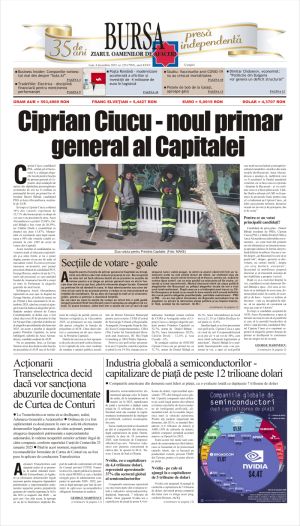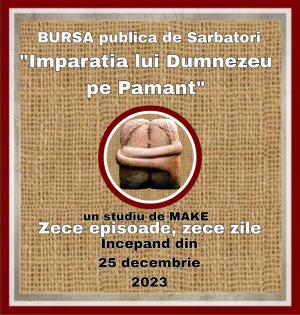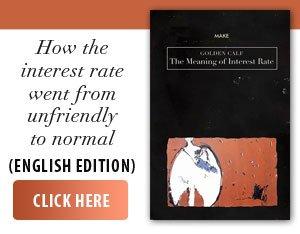NASA engineers have decided to shut down two of the science instruments on Voyager 1 and 2 to ensure their mission continues in interstellar space for as long as possible. According to Space.com, the cosmic ray subsystem on Voyager 1 was shut down on February 25, and the low-energy particle instrument on Voyager 2 will be deactivated on March 24.
• Over 46 billion kilometers traveled
Launched in 1977, Voyager 1 and 2 have exceeded expectations, continuing to transmit data more than 46 billion kilometers from Earth. Voyager 1 entered interstellar space in 2012, and Voyager 2 in 2018. "The two Voyager probes have been the rock stars of the solar system since launch, and we want to keep them that way for as long as possible," said Suzanne Dodd, Voyager mission manager at NASA's Jet Propulsion Laboratory (JPL).
• Falling power
Both probes operate on a system that generates electricity from the heat released by the decay of a plutonium isotope. However, the available power is decreasing by about 4 watts per year, which has led NASA to gradually turn off some instruments. In the 1980s, several instruments were already deactivated after the probes completed their exploration of the giant planets in the Solar System. In October 2024, NASA shut down the plasma experiment aboard Voyager 2 because it was collecting limited data due to the probe's orientation relative to the interstellar plasma flow.
• Contribution of deactivated instruments
The recently shut-down cosmic ray subsystem on Voyager 1 was instrumental in confirming that the probe had left the heliosphere, the region influenced by the solar wind. Meanwhile, the low-energy particle instrument on Voyager 2, scheduled to shut down in March, measures ions, electrons, and cosmic rays from the sun and the galaxy.
• Hope for mission extension to 2030
Currently, each probe has three functional instruments, but NASA estimates that by 2026, only two will remain. This strategy aims to extend the Voyager mission as far into the 2030s as possible. "Every minute of every day, the Voyager probes are exploring a region of space that no other probe has ever been to before. Each new day could be the last, but it could also bring unique discoveries about interstellar space," said Linda Spilker, a Voyager program scientist.




























































